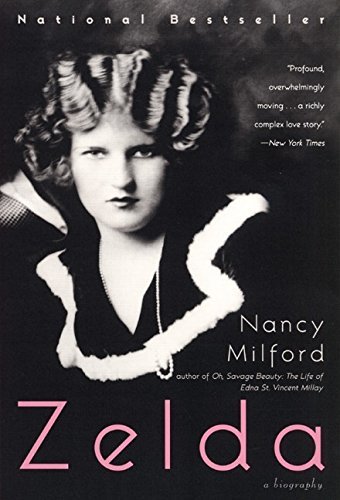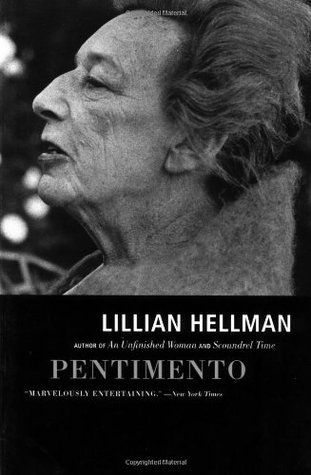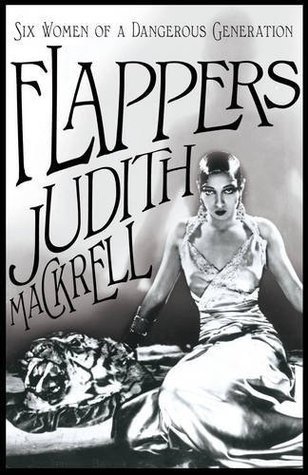
Zelda
Book Description
She danced on the edge of madness, a wild spirit defined by love and ambition. Zelda Fitzgerald, the enchanting muse of her illustrious husband F. Scott, breaks free from the constraints of the Jazz Age, pursuing her own dreams and passions in a world that often sidelines women. As their tumultuous relationship spirals into chaos, secrets and betrayals emerge, revealing the cost of greatness. Passion collides with despair, and the pursuit of identity leads to heartbreak. Can Zelda reclaim her voice amidst the shadows of a legacy built on longing and sacrifice?
Quick Book Summary
"Zelda" by Nancy Milford is a captivating biography of Zelda Sayre Fitzgerald, illuminating her complex spirit, remarkable creativity, and troubled relationship with her husband, F. Scott Fitzgerald. The book transcends conventional biography, blending history and memoir to explore Zelda as more than just a muse. Milford draws on letters, diaries, and unpublished sources to reveal Zelda’s ambitions in writing, dance, and art battling against societal restrictions and her husband’s fame. The story traces her early promise, whirlwind romance, the intoxicating highs of the Jazz Age, and the descent into psychological turmoil. Through Zelda’s quest for personal expression and autonomy, Milford provides a vivid portrait of a woman simultaneously ahead of and undone by her era. Ultimately, Zelda emerges as a symbol of unfulfilled potential and the costs of living in another’s shadow.
Summary of Key Ideas
Table of Contents
The struggle for identity and creative independence
Zelda Fitzgerald’s life is framed by her fierce desire for autonomy in an age that prized decorative femininity over creative expression. Raised in Alabama, Zelda attracted attention for her vivacity and non-conformity, attributes that would shape her later struggles. Milford traces how Zelda sought her own artistic voice, first as a southern belle, then as a writer, dancer, and painter. Her marriage to F. Scott Fitzgerald fostered both creative collaboration and competition. While Zelda inspired and contributed to Scott’s literary work, her ambitions in ballet and prose were often marginalized, reflecting the broader tensions facing ambitious women of the era.
The tumultuous romance and partnership with F. Scott Fitzgerald
The Fitzgeralds’ whirlwind romance played out against a backdrop of Jazz Age decadence, intellectual ferment, and social change. Milford delves into their expatriate years in Paris and tumultuous life among literary elites. The book captures Zelda’s roles both as Scott’s muse and often as his literary rival. Their relationship was infused with passion but marred by mutual dependency, jealousy, and the growing burden of fame. Milford shows how Zelda’s wit and talent were sometimes subsumed beneath the dazzling image of the Fitzgeralds, yet also illuminated through her own attempts at self-expression.
The challenges of mental health and societal expectations
Mental health and its treatment loom large. Zelda’s increasing psychological distress, initially dismissed or misunderstood by friends and doctors alike, led to multiple hospitalizations. Milford draws on Zelda’s diary entries and medical records to illustrate the gaps between diagnosis and empathy in the early 20th century. Zelda’s breakdowns were exacerbated by professional disappointments and criticism, as well as by Scott’s drinking and infidelity. This section reveals how Zelda’s struggles were intertwined with the era’s limited understanding of women’s inner lives and societal pressures on those who dared to defy convention.
The Jazz Age's impact on personal and artistic freedom
The promise and tragedy of the Fitzgeralds’ lives are heightened by the cultural backdrop of the time. The 1920s are rendered in vibrant detail, with their parties, artistic innovation, and shifting moral codes. Zelda, in particular, is portrayed as a forerunner for the liberated woman: bold, creative, and iconoclastic. Yet the very freedoms she sought contributed to the unraveling of her marriage and her mental health. Milford skillfully interweaves Zelda’s creative output and efforts toward self-definition with larger cultural forces that alternately embraced and rejected her.
The legacy and myth of Zelda Fitzgerald
The biography closes by reflecting on Zelda’s legacy. Milford challenges the myths that have overshadowed Zelda—portraying her not just as the “mad wife” or tragic muse, but as a talented creator in her own right. Through archival research and sensitive analysis, Milford reclaims Zelda’s voice and invites readers to reconsider her life in the context of gender, artistry, and historical change. Zelda’s story remains a cautionary tale about the costs of artistic ambition and love in a world frequently hostile to women’s aspirations.
Download This Summary
Get a free PDF of this summary instantly — no email required.





